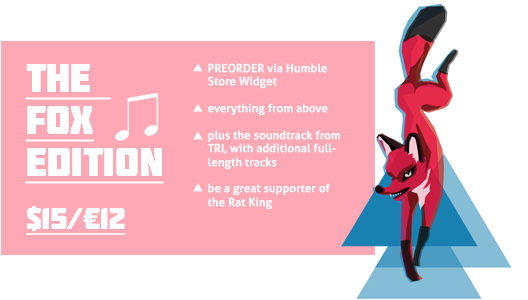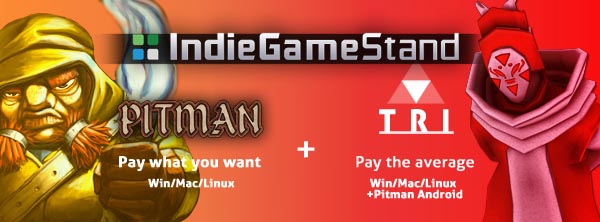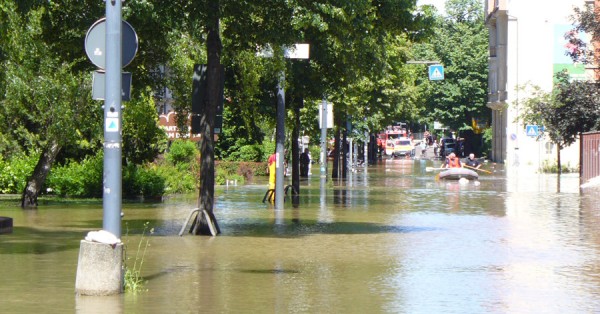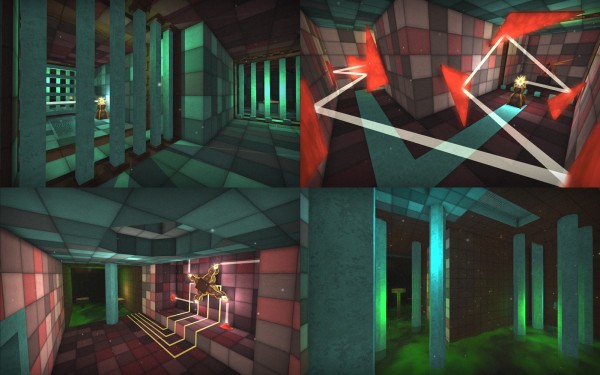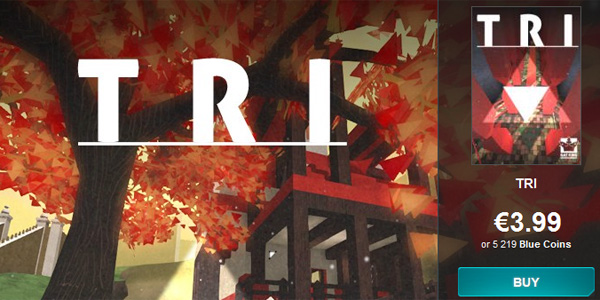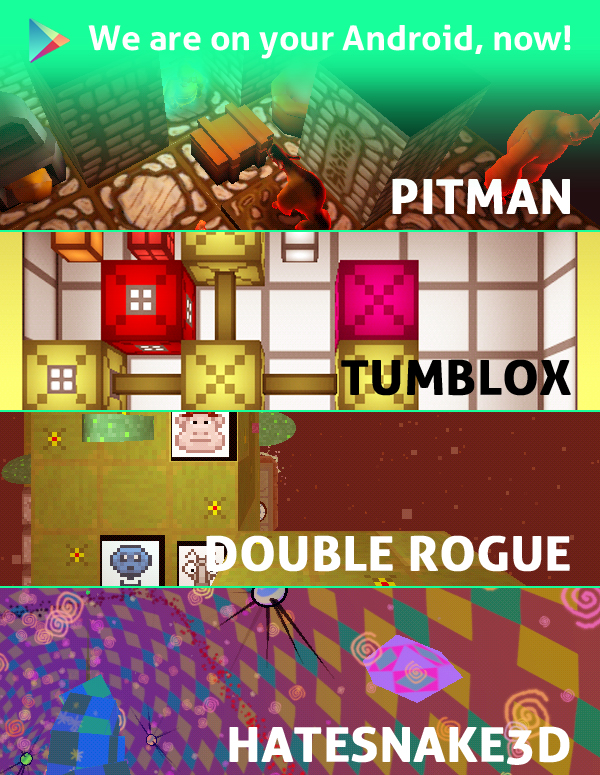(YouTube videos try to set cookies and contact Third Party servers!)
Good morning everybody,
we recently released the brand-new and shiny update for TRI. As the value, i.e the content and quality, were increased significantly we also increased the price.
Those of you who already bought the game: just head to your client (Desura) OR mail-account. We sent those who bought the game via our shop an eMail. Because this shop got a bit messy to update, we switched over to the Humble Store. There you can directly download the game for PC/MAC/Linux, and also get it on Desura via an individual key.
If you want to get TRI now be aware that we have two editions prepared!
So, TRI can now be purchased via Humble Store (see above), Desura and IndieGameStand.
The update contains:
~ 12 completely playable levels
~ Fox and Monk
~ gameplay and level design improvements
~ nicer textures and decorations
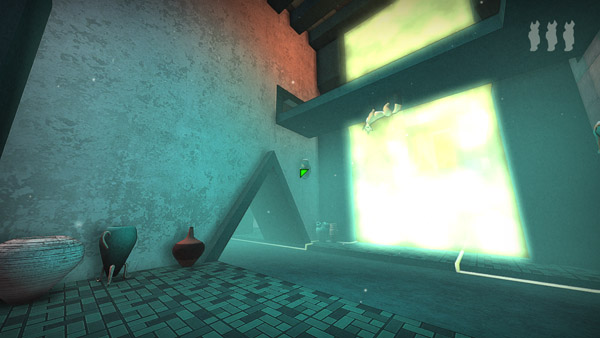
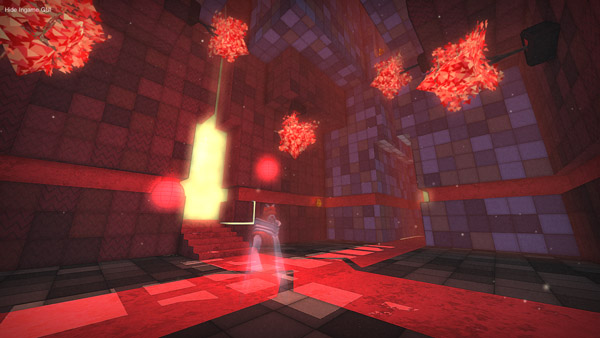
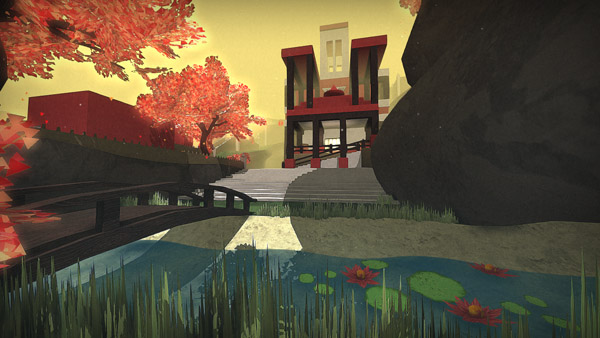
Reviews:
„It‘s during these moments of precursor and reflection - teased by the level‘s close-knit and smart design - that a strange pleasure rises up in me.“
Chris Priestman, Indie Statik
„The German developers seem to have done a great job crafting levels where our ability to create triangular platforms (and deform them in real time) will be put to the test, especially when we decide to dissect every room facilities until we find all secrets.“
Flavio Soldani, IdealsoftBlog.it
„I initially thought - Great, another wandering around artsy game, meh. But the level design, the art and use of color, and the triangle mechanic = fantastic game.“
mik3k, Desura
„Brain-bending. Tri challenges my spatial awareness with creative level design and versatile tools. When I finish a level, I feel proud of my solution--a quality many puzzle games lack.“
31, Desura
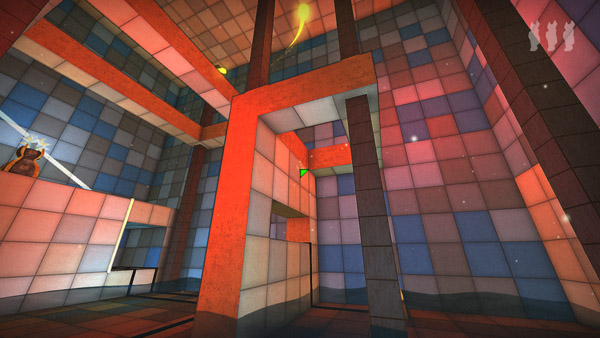
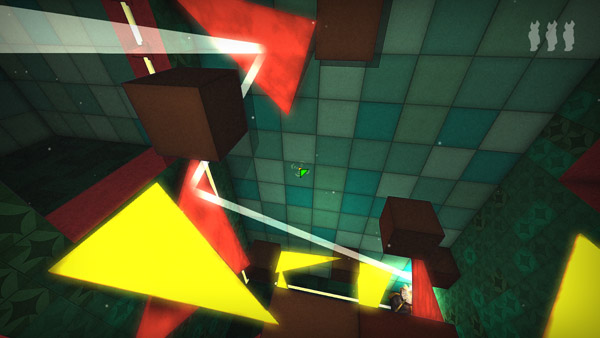
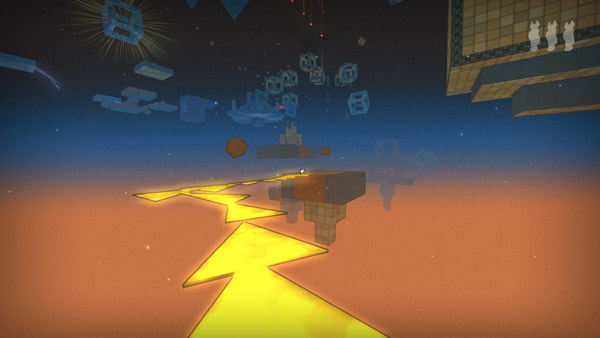
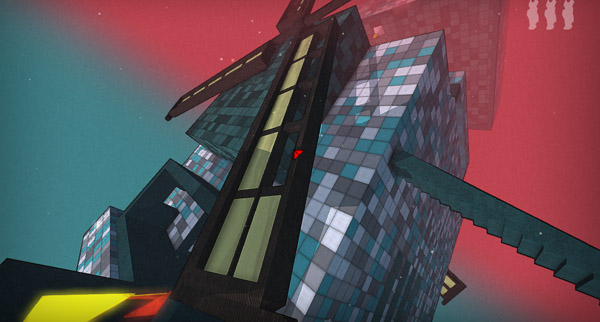
And if you only buy games on Steam: we finally put TRI on Greenlight - help us getting on Steam by voting for us!

